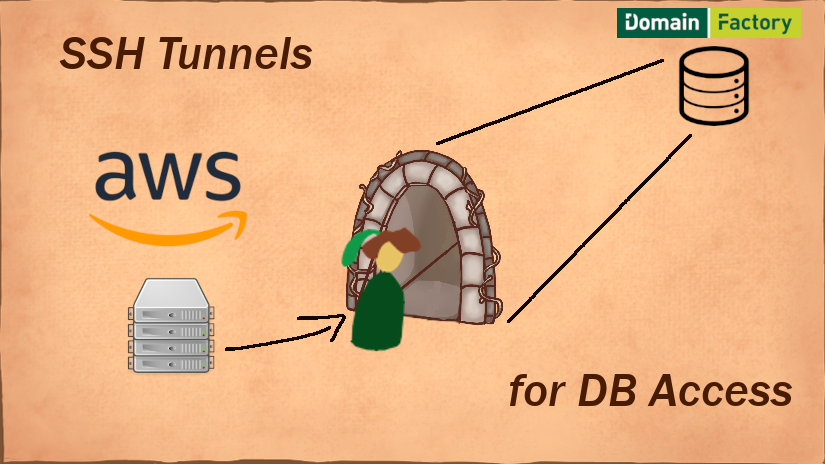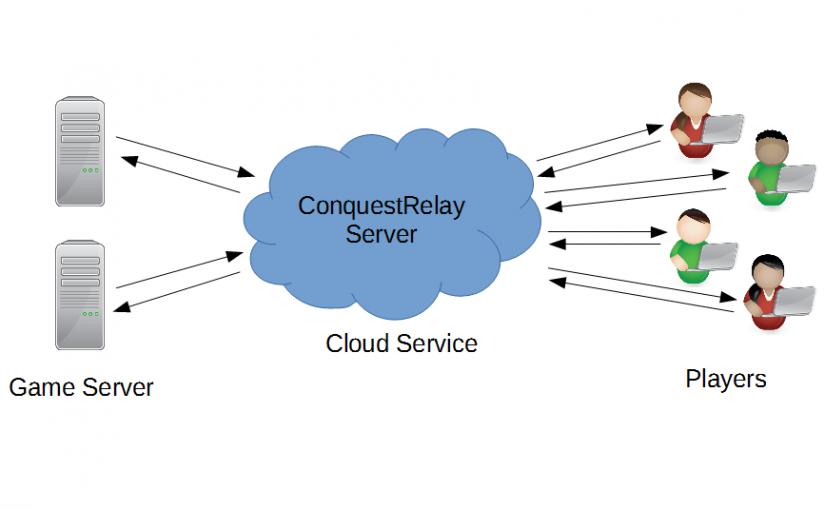How to what?? Sorry for the messy headline. That’s what happens when you try to cram every relevant aspect of an article into a half-sentence. So here is what I try to say with it: RDS databases on AWS are expensive, and if you don’t utilize them heavily, try to avoid them! On my web space at DomainFactory, I have 10 databases included in my plan, so why not use them instead! Sounds like no big deal, but you need to know some things about SSH tunnels and Unix Domain Sockets to pull it off. Here is what worked for me, and hopefully will help you as well.
Continue reading How to SSH Tunnel to AWS-external Databases (DevBlog #33)Tag: AWS
ConquestRelay Server available on GitHub
As promised in my August post I cleaned up the code for my relay server and uploaded a first version to GitHub under the name ConquestRelay. It is meant for hobby game developers prototyping their own online games, but still lacks a lot of functionality found in professional network layers.
A Relay Server based on WebSockets for Online Games made with Unity Personal
As described in my previous post Unity makes it pretty hard for hobby developers to develop their own online games. It is impossible to run a game server created with Unity on an Amazon AWS instance due to the missing batchmode option. As a workaround I implemented a relay server for my current project which is based on WebSockets and allows me to run my own server at home, combined with the benefits of a server in the cloud with a fixed IP address.
Continue reading A Relay Server based on WebSockets for Online Games made with Unity Personal
Unity in batchmode: for Pros only
For a few months now I’ve been fiddling about my own small multiplayer game using Unity. Basic versions of client and server are now in a state where you can play the first games, at least in my home network. But of course the goal is to play the game over the Internet, so I chose to host the server in the cloud of Amazon’s Web Services (AWS). Setting up your own server there is a separate chapter, which I will hopefully be able to tell later. It turned out that Unity and AWS don’t work together for amateurs like me. Continue reading Unity in batchmode: for Pros only

